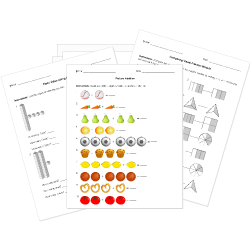Common Core Standard 6.NS.C.5 Questions
Understand that positive and negative numbers are used together to describe quantities having opposite directions or values (e.g., temperature above/below zero, elevation above/below sea level, credits/debits, positive/negative electric charge); use positive and negative numbers to represent quantities in real-world contexts, explaining the meaning of 0 in each situation.
You can create printable tests and worksheets from these questions on Common Core standard 6.NS.C.5! Select one or more questions using the checkboxes above each question. Then click the add selected questions to a test button before moving to another page.







